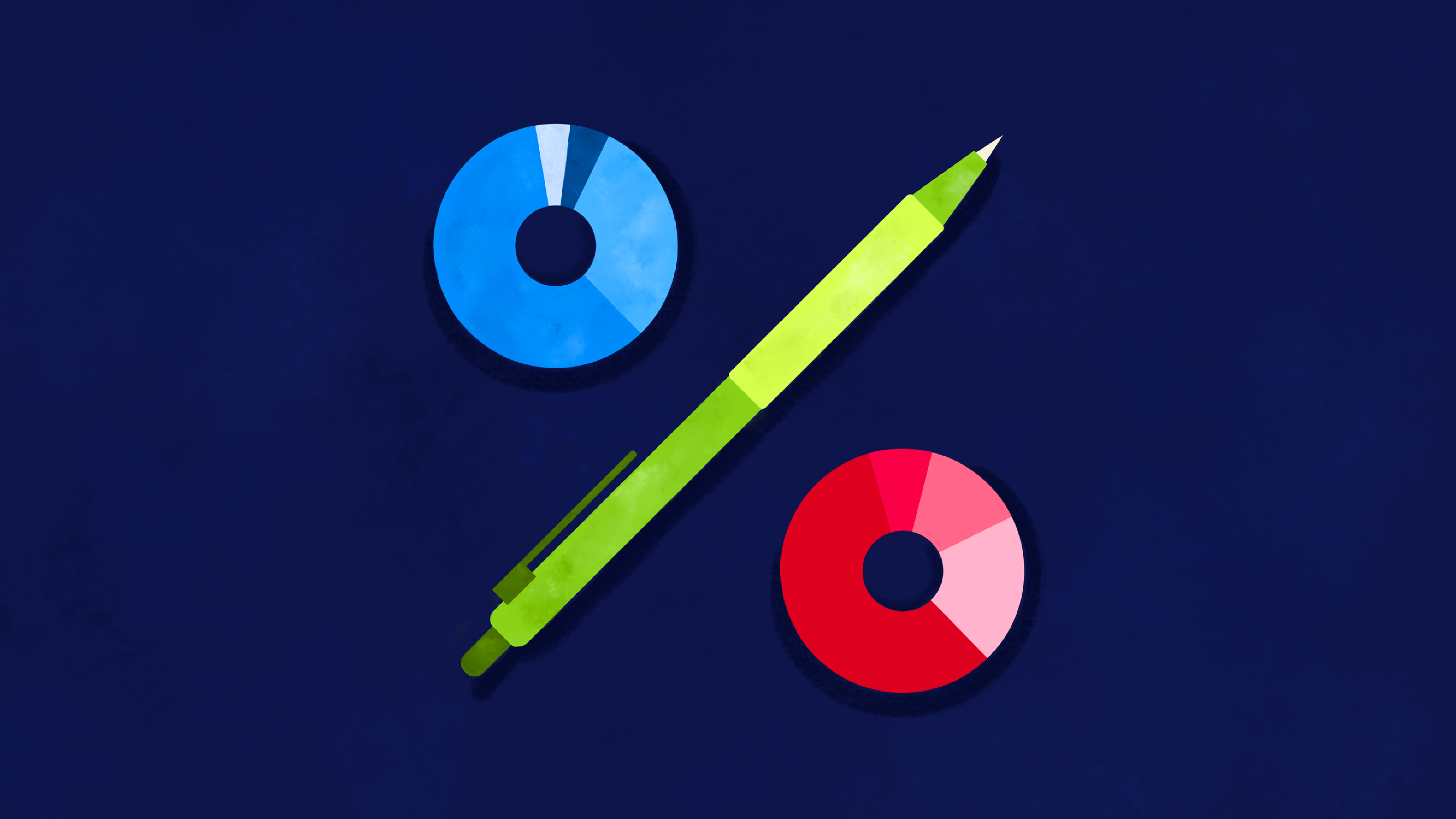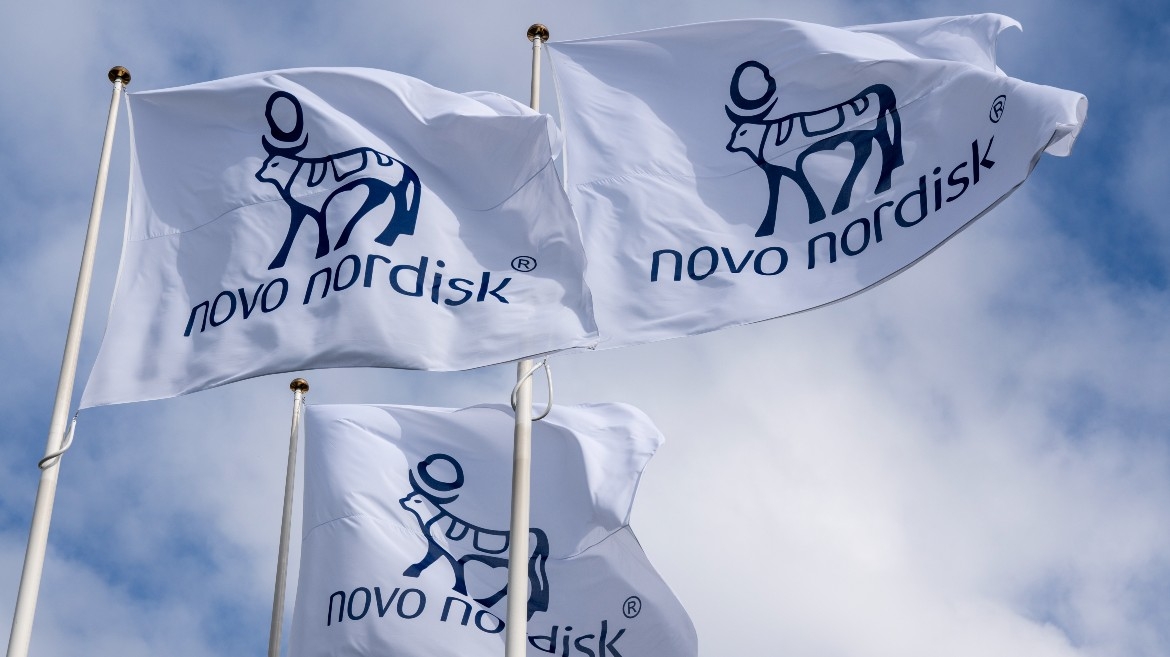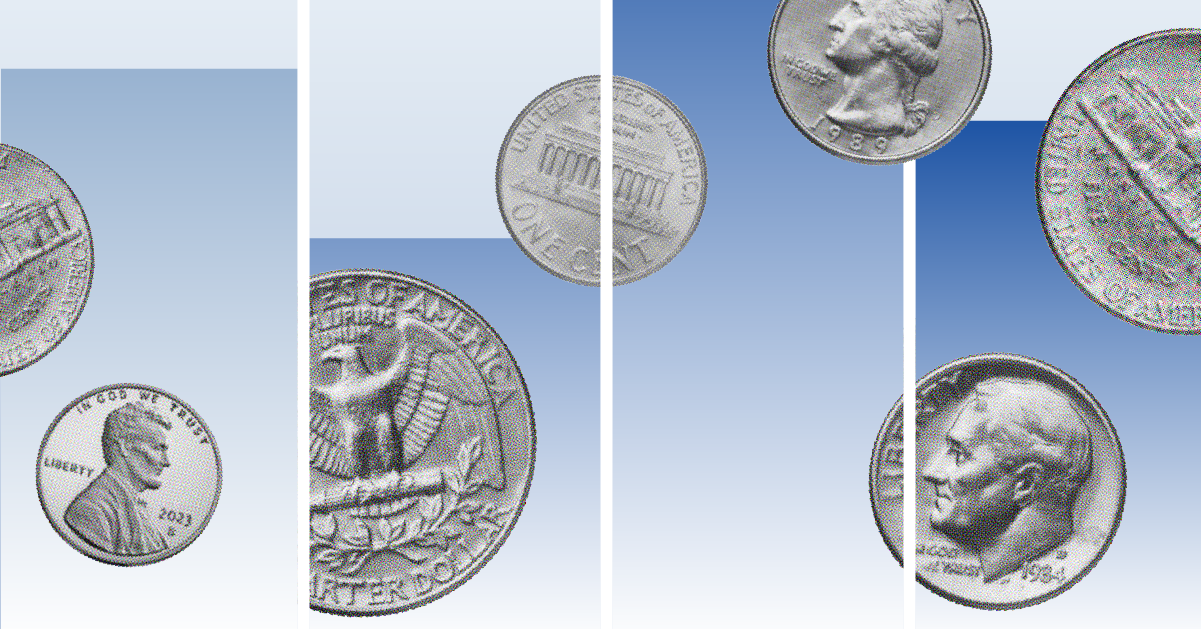In a column last week, I discussed standard deviation and beta. Both have their uses, but they also have limitations when it comes to evaluating a fund’s risk. One of the most significant is that they are purely backward looking, performance-based measures. This week, I’ll highlight portfolio-based risk-measures that can help you form a more complete picture of an equity fund’s risk level.
Asset Allocation
Asset allocation is easily the most straightforward risk factor for funds--generally speaking the more assets a fund devotes to equities (as opposed to bonds and cash), the more volatile it is like
ly to be, all else being equal. Conversely, bonds tend to be less volatile than equities, and cash and cash-equivalents are essentially risk-free assets assuming they're denominated in your local currency. An equity fund can thus cut its volatility significantly--though it also gives up return potential--by holding a percentage of its assets in cash or bonds.
You can find these statistics easily on Morningstar.co.uk. Just go to your fund’s QuickTake Report (use the search box at the top of the homepage for this), and then click on the grey “Portfolio” tab at the left of the page. A quick glance at the asset-allocation for Fidelity Special Situations, for example, shows it with 6.64% of assets in cash or cash-equivalents at the end of July.
Concentration in Individual IssuesThis is an obvious risk—if your fund has invested a large chunk of its assets in a single company, the fund will be more exposed to upward or downward swings in its share price. There’s no hard and fast rule, but you should be prepared for more volatility if a fund has more than 5% or 6% of assets in a single stock, or more than 40-50% of assets in its top 10 holdings.
A quick check of the portfolio page of the Legg Mason Value QuickTake Report shows that as of 30 June, this fund had 50% of its assets in its top 10 holdings, and a handful of positions were over 5% of the fund’s assets (including a position in Amazon.com north of 7% of assets). Investors should therefore expect that the fund might be more volatile than the norm for its category.
Concentration in Economic SectorsThe principle here is the same as above, except that now we’re concerned with how much of its portfolio a fund devotes to a particular sector of the economy. You can also find this data on a fund’s portfolio page, reported both as absolute values, and relative to a fund’s category peers. In the case of Legg Mason Value, we can see that it has 10.09% of its equity portfolio in the telecommunications sector, or 2.8 times as much as its typical US Large-Cap Blend Equity peer does. While that’s not a large concentration in an absolute sense, it does suggest the fund will be more beholden to the fortunes of telecoms than most of its peers are.
While large concentrations in any one sector can increase a fund’s volatility, not all sectors are created equal: Hardware, and software, for example, are fairly narrow groups that tend to be extremely volatile, while business services and consumer services each include a wide range of businesses and tend not to be as volatile. Cautious investors should be especially alert to concentrations in hardware, software, energy and industrials.
Regional/Currency ConcentrationLike the concentrations in individual companies and economic sectors, funds that specialise in a particular country or region can be much riskier than broader offerings. This is most true of emerging markets funds, as the political and business risk in those markets is often greatest. If a fund specialises in foreign securities and does not hedge its currency exposure, keep in mind that you’re also taking on the additional risk of unfavourable currency moves.
Valuation Risk
A subtler--but no less significant--risk is the valuation level of the stocks owned by the fund. The more a manager pays for a stock relative to it's worth, the more he or she is relying on the fund's future growth to justify its price tag. That's fine and well if the manager is correct, but it also means that the stock's price can fall rapidly if the manager is wrong. Valuation ratios such as price-to-book (P/B), price-to-earnings (P/E), and price-to-cash flow (P/CF) can help you quickly assess whether your manager is taking on more risk than similar fund in this respect.
We publish the average valuation ratios for funds on the portfolio page of their QuickTake reports, along with an indication of how those valuations stack up against those of similar funds. In the case of Legg Mason Value, we can see that its price to prospective earnings ratio is above the norm for its category, but its price-to-book, price-to-sales, and dividend-yield factors are well below category norms. That's too be expected: Although manager Bill Miller--widely respected as one of the best managers in the U.S.--owns value companies such as Eastman Kodak, he also owns more expensive fare, including Internet giant Google. He also is willing to make more aggressive assumptions about future growth than are many of his peers, which helps explain the high price-to-prospective earnings ratio.
Putting it All Together
Thus far, we've covered risk factors as they pertain to individual funds. However, unless you only own a single offering, you need to assess these factors in the context of your entire portfolio. That's where our Portfolio X-Ray tool is a big help: To access it, just click on the blue Tools tab at the top of the page, and click on Instant X-Ray in the Portfolio section. Next, enter each fund (you can enter onshore and offshore OEICs, unit trusts, and life and pension funds), and the appropriate allocation for each, then click “Show X-Ray.”
Using X-Ray, you can see the following:
- Asset allocation
- Investment style allocations
- Stock Sectors
- World Regions
- Stock Valuations
- Bond Statistics
- Top underlying holdings
The Instant X-Ray tool works by aggregating the underlying holdings of each fund in your portfolio, then calculating your overall exposures to the various factors. Many funds' names and stated goals may not fully capture the range of their investments, so the X-Ray's ability to look through to the actual underlying securities held by funds is a key advantage that can help you accurately assess and monitor potential risks in your portfolio. The tool can also be used on existing portfolios you have entered on Morningstar.co.uk. Simply click on the blue Portfolio tab at the top of the page, go to your portfolio, then click on the gray X-Ray button at upper right.
























